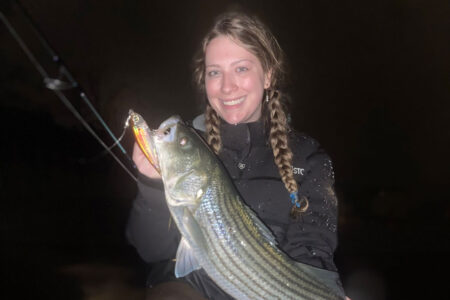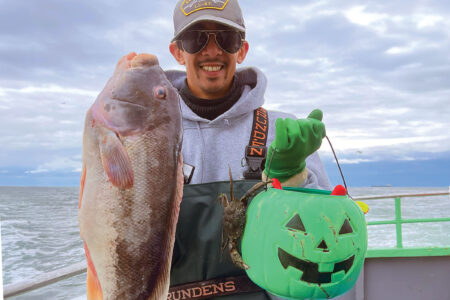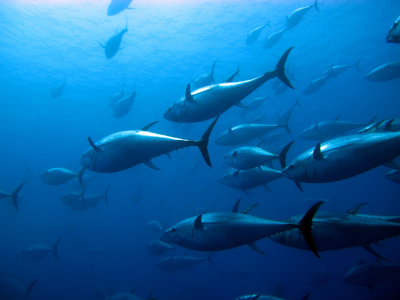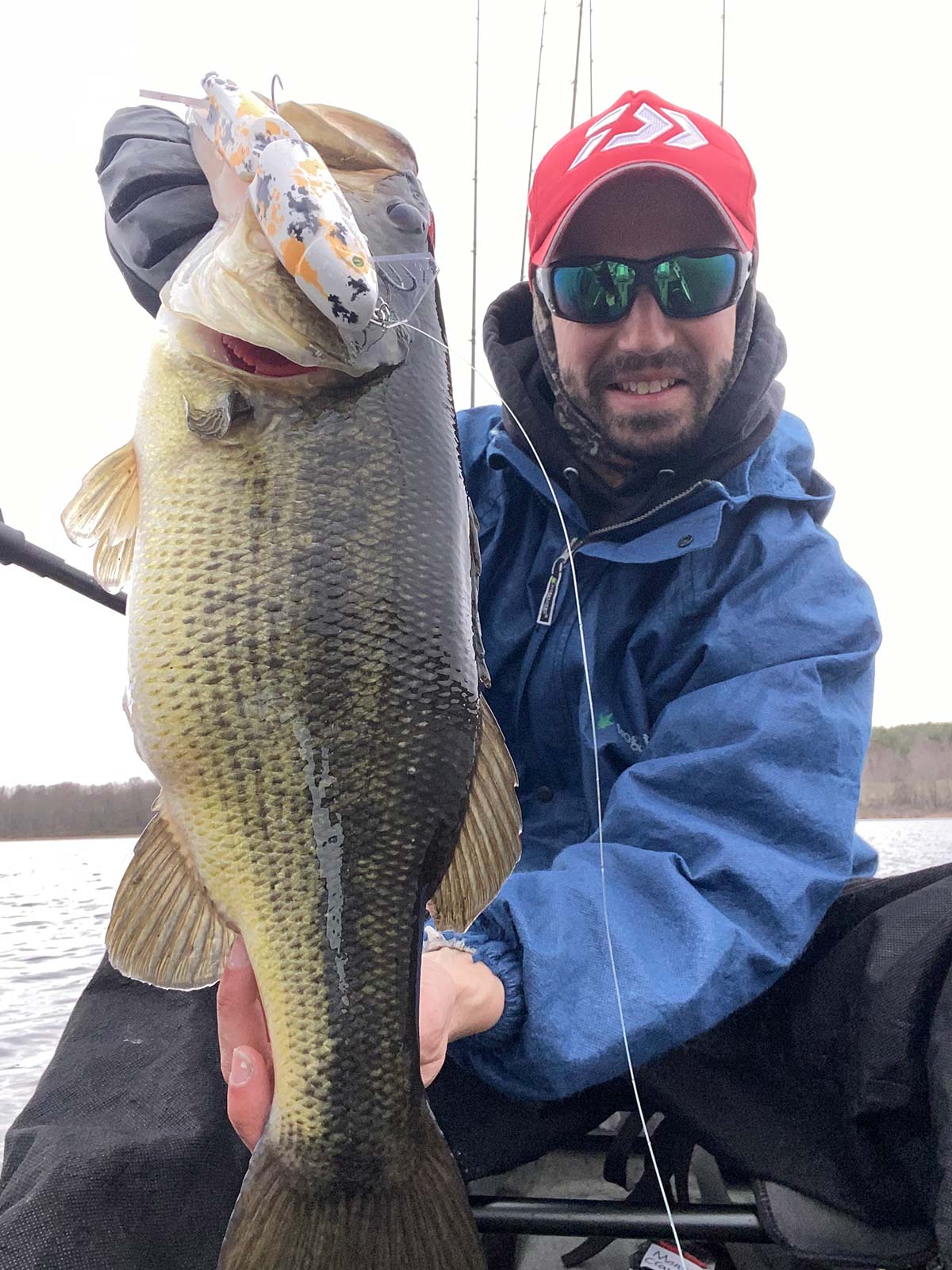
When the swimbait bite gets tough, stick with what you know.
We all dream of those amazing days on the water, where every bait we throw is met with a smashing hookup from a big bass. Every spot you stop, every piece of structure holds fish and it feels like you can do no wrong. Unfortunately, fishing doesn’t always go the way we dream it might, especially when using big baits. We often come across very tough fishing days for many reasons.
A slow bite may be due to strange weather patterns or barometric pressure, boat traffic, high fishing pressure, or even just that the fish fed heavily through the night, can all lead to tough days. And surely there are many more factors that can cause poor fishing as well. So how should you proceed on tough days where the fish aren’t exactly jumping into the boat? Let’s take a look at some strategies that just might help you land more quality fish when the conditions are not necessarily favorable.
I know many fair-weather swimbait guys that will drop the big rod in favor of some kind of finesse lure, just to get a few bites. But that’s a desperate move, if you focus on key areas and certain types of baits and show a little perseverance, you’ll get that big bite you were looking for. You just have to believe in the method.
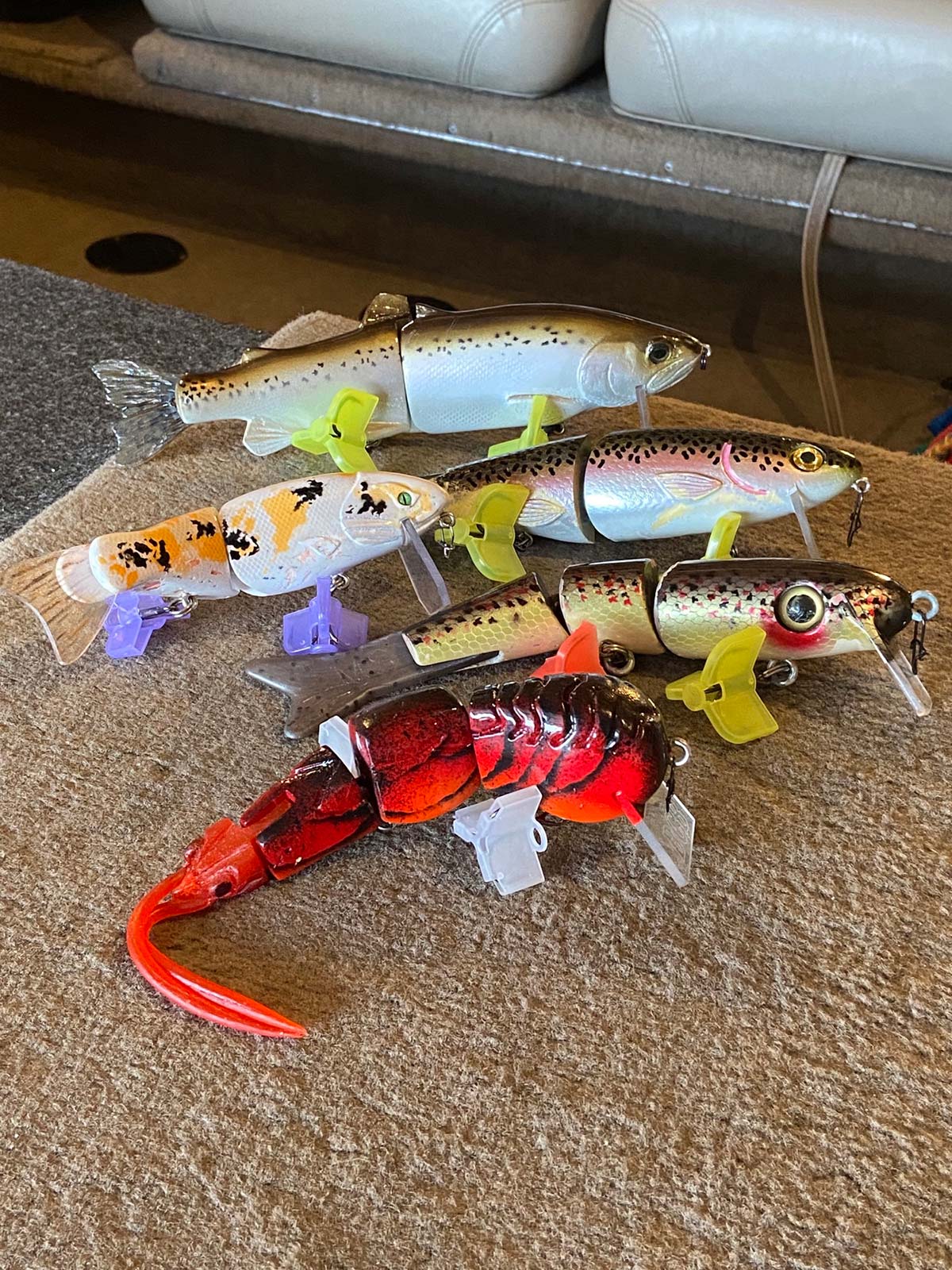
Know Your Strengths
One of the most important things to remember any time you are on the water is to stick to your strengths. The same goes for fishing swimbaits for bass. As anglers, we all have strengths and weaknesses, and while being open minded and trying new techniques will make you a better fisherman, a day with a tough bite may not be the greatest time for trial and error. Stick to what you know you excel at and don’t try to force techniques that you think should work if you don’t have experience with them. Confidence is key in fishing, and that’s especially true for those of us that throw swimbaits. If you believe you’ll catch fish with a certain bait or technique, you will.
When the bite is tough, I stick to fishing shallow water, (I would consider shallow to be 5 feet and under), because I believe I can always find and catch some fish there. Bass often feed shallow, as there tends to be more food in shallower water, so there’s a good chance that you’ll be casting to fish that are up shallow looking for food. Even here in the Northeast, there will almost always be some shallow fish, even in frigid water.
It can also be easier to locate fish in shallow water because we have visual targets. Take a few minutes to cruise around the lake and you should be able to locate docks, weeds, overhanging trees, or whatever else the lake may have to offer for visual, shallow cover. Looking at a lake map or Google Earth can also help you locate key areas. Typically, shallow coves off the main lake will host some of the best vegetation growth. Shallow points are often littered with rocks and boulders that can provide excellent cover, especially when targeting smallies. Any areas of a lake that are heavily populated with camps and houses will be lined with docks and floats.
Last, and maybe the most overlooked, is the bank itself. Often you will find a sharp drop from, say, 2 to 4 feet where fish will lie right at the base of that small drop. These are all pieces of shallow cover that I will be looking for before any day that I’m out fishing.
Bait Choices
The final piece of the puzzle when it comes to catching fish under tough conditions is possibly the biggest question of all: What baits should you use? This can also be the most difficult piece to figure out because there are so many bait options. However, there are some generalizations to be made that will help. Remember we discussed earlier that fish typically feed shallow, simply because there tends to be more food in the shallows. On a tough day, you’re not finding many fish that are willing to eat, so you need to think about how you can appeal to a passive fish and give them something that they can’t ignore.
We know that bass are opportunistic feeders and we know that they like to take down large, high-calorie baits when they can because it means they won’t have to work as hard to meet their daily needs. To appeal to these opportunistic tendencies, showing them something that appears to be wounded is one way to call out a wary bass. Another is to present your baits in close proximity to the areas where they might be holding in cover—in other words, putting your baits right in their kitchen, not just ‘chucking and winding’.
I typically lean heavily on wakebaits for a lot of my fishing, because they present as a large baitfish that’s wounded and wide open for a strike. My favorites are those that can be waked at a slow retrieve or ‘cranked down’ a foot or two on a medium to fast retrieve. And when throwing these baits into these shallow (5 feet and under) areas, any bass in close proximity is going to know it’s there and is very likely to at least see it. This is why these wake/shallow crank baits are very effective at locating fish that are feeding in the shallows. Some of my go-to baits for these techniques are the 9-inch M.S. Slammer, Rago Baits’ Top Trout, Beebs Big Baits’ Bass Blaster, AZ Fisher’s 6-inch wake and crank, Boulder Creek Baits Craw, and Curtek Customs BBJ Trout. These are just a few of the many great shallow water bait choices out there and they all serve a purpose.
If I need a bait to use almost entirely on the surface, I will opt for a Slammer or maybe an Illude Grenade Gill. If I want more of a subsurface crank, I might pick up the Beebs Blaster. And if I want to burrow a bait down around some rocks or low lying grass I might pick up the BCB Craw. The idea here is to simply match the bait to the depth you think the fish are feeding or positioning at. Ultimately, there is no secret bait to use under these circumstances, but if I could choose only one bait to use all day long it would be a 9-inch Slammer. This bait has saved me many times from going home with a skunk. No matter what bait you decide to use, just remember that confidence is key. Choose a bait you have confidence in and all of those great looking pieces of cover look fishy for a reason; because most of the time, they hold fish.
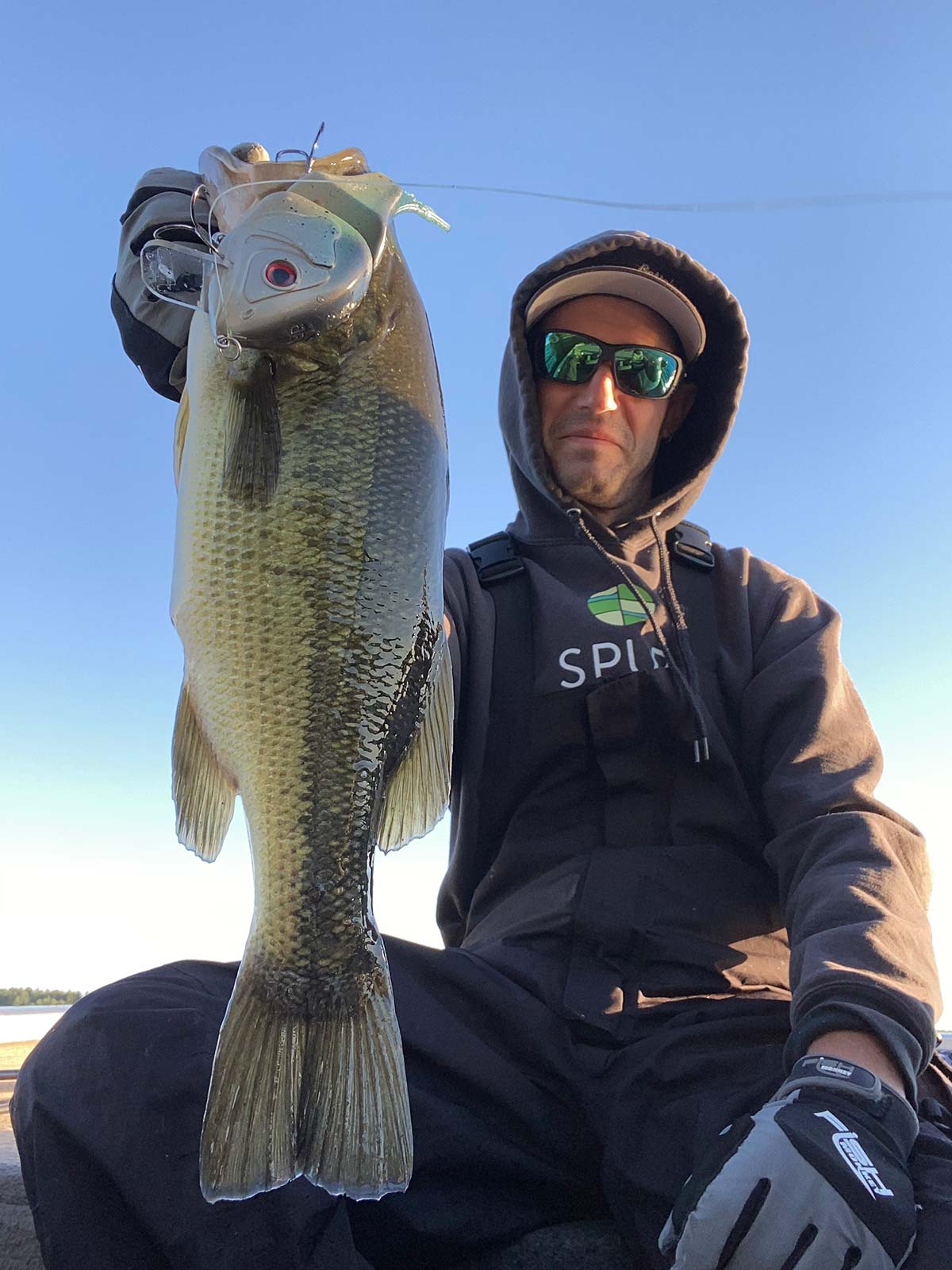
Keep Moving
The key to finding bites on these tough days is to fish as much of that fishy-looking structure as you can, and that means not spending too much time in any one spot. Look at the water surrounding your target structure and choose your bait based on how you think the fish is likely to be holding on the structure. Give it a couple casts and keep moving until you find a willing participant. Kick that trolling motor into gear and present to as many pieces of structure as possible. This is not a time for slow, methodical presentations because you might be wasting a large portion of your day on a spot that just doesn’t have any fish on it.
I really like to cruise banks with sharp drops and shallow flats looking for visual cover and making as many casts as I can in search of the more active fish, even if they are few and far between. I know the swimbaits I’ve mentioned here will catch fish in any lake in the Northeast under tough conditions, and if you cover enough water, eventually you will cross paths with a few that are willing to eat.
The great days will be automatically remembered, but it’s the bites you get on the toughest days that show your progress as an angler—so make sure to remember those too!
